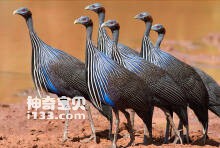
Acryllium vulturinum
Acryllium vulturinum,Vulturine Guineafowl
Vulturine Guineafowl (scientific name: Acryllium vulturinum), no subspecies.···
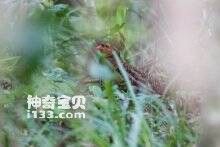
Xenoperdix udzungwensis
Xenoperdix udzungwensis,Udzungwa Forest-partridge
Xenoperdix udzungwensis is Udzungwa Forest-partridge, no subspecies. Specifi···
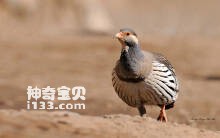
Tetraophasis caucasicus
Tetraophasis caucasicus,Caucasian Snowcock
Tetraophasis caucasicus, Caucasian Snowcock, likes to form groups, usually i···
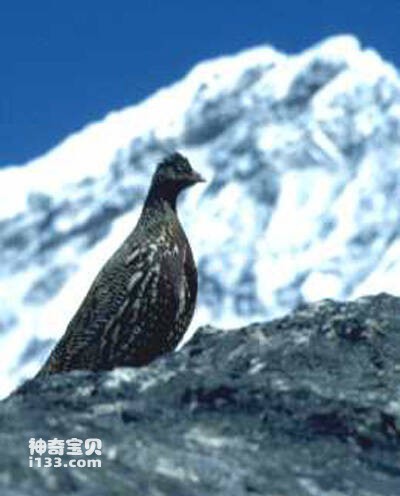
Tetraophasis caspius
Tetraophasis caspius,Caspian Snowcock
Tetraophasis caspius, Caspian Snowcock, eats seeds and plants. During the no···
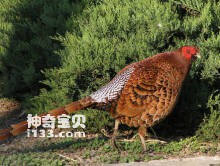
Syrmaticus soemmerringii
Syrmaticus soemmerringii
The pheasant soemmerringii has five subspecies. It feeds on insects, roots, ···

Synoicus ypsilophorus
Synoicus ypsilophorus,Brown Quail
Synoicus ypsilophorus (Brown Quail) has 10 subspecies. It is mainly active a···
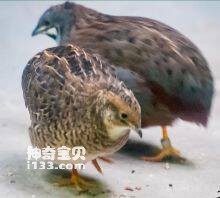
Synoicus chinensis
Synoicus chinensis
Synoicus chinensis has 10 subspecies, including Blue-breasted Quail, King Qu···
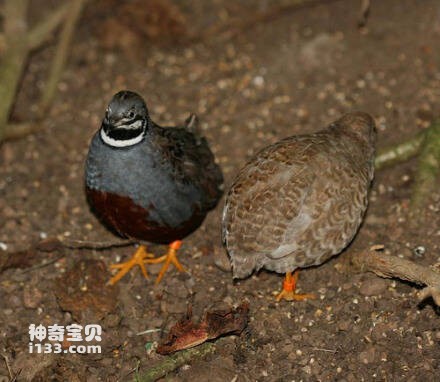
Synoicus adansonii
Synoicus adansonii,African Blue Quail,Blue Quail
African blue-breasted Quail (Synoicus adansonii) : African Blue Quail, Blue ···
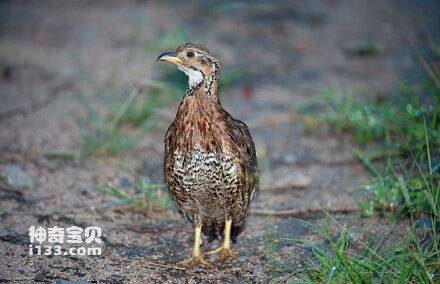
Scleroptila whytei
Scleroptila whytei,Whyte's Francolin
White ring neck Partridge (scientific name: Scleroptila whytei) foreign name···
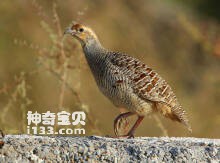
Scleroptila streptophora
Scleroptila streptophora,Ring-necked Francolin
The ringnecked Partridge (Scleroptila streptophora) is Ring-necked Francolin···
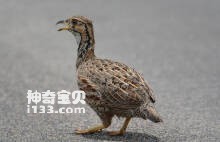
Scleroptila shelleyi
Scleroptila shelleyi,Shelley's Francolin
Xie's Partridge (scientific name: Scleroptila shelleyi) foreign name She···
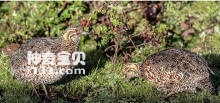
Scleroptila psilolaema
Scleroptila psilolaema,Moorland Francolin
The Highland ringnecked Partridge (Scleroptila psilolaema) is Moorland Franc···
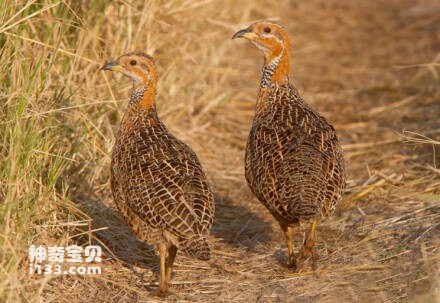
Scleroptila levaillantii
Scleroptila levaillantii,Red-winged Francolin
The Red-winged Francolin (Scleroptila levaillantii) has three subspecies.The···
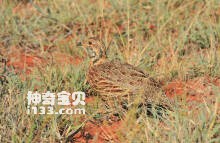
Scleroptila gutturalis
Scleroptila gutturalis,Orange River Francolin
The Orange River Partridge (Scleroptila gutturalis) is known as Orange River···
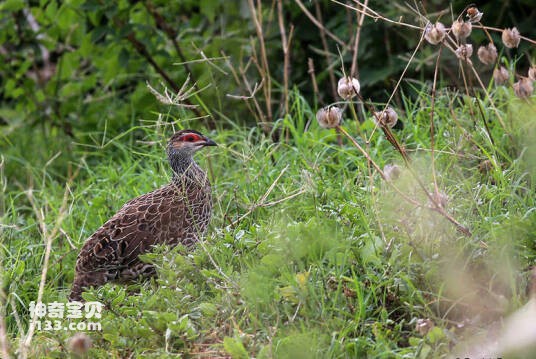
Scleroptila finschi
Scleroptila finschi,Finsch's Francolin
Partridge finschi (scientific name: Scleroptila finschi) foreign name Finsch···
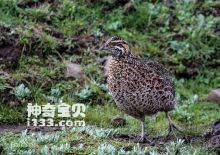
Scleroptila elgonensis
Scleroptila elgonensis,Elgon Francolin
The Partridge Elgon Francolin (Scleroptila elgonensis) has no subspecies.Elg···
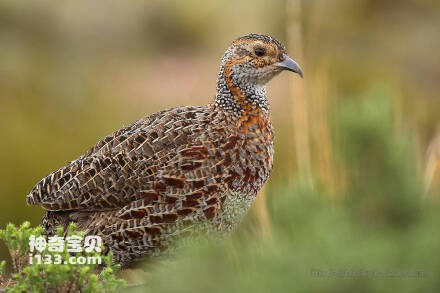
Scleroptila afra
Scleroptila afra,Grey-winged Francolin
The gray-winged Francolin (Scleroptila afra) has no subspecies.The Partridge···
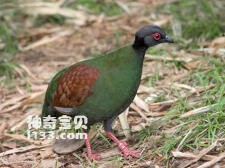
Rollulus roulroul
Rollulus roulroul,Crested Partridge,Perdiz Rulrul
The coronal Partridge (scientific name: Rollulus rouloul) Crested Partridge ···
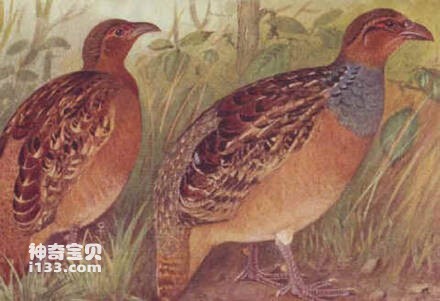
Rhizothera dulitensis
Rhizothera dulitensis,Dulit Partridge
Dulit Partridge, Rhizothera dulitensis, was once a subspecies of partridge. ···
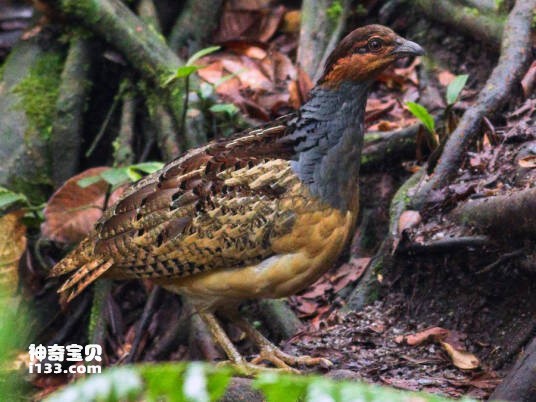
Rhizothera longirostris
Rhizothera longirostris,Long-billed Wood Partridge
Rhizothera longirostris, or Long-billed Wood Partridge, is seriously threate···
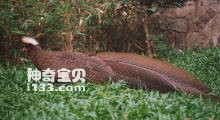
Rheinardia ocellata
Rheinardia ocellata,Crested Argus
The Crested Argus (Rheinardia ocellata) has two subspecies.The crested pheas···
